D206806
1,1-Diphenylethylene
97%
Synonym(s):
α,α-Diphenylethylene, 1,1-Diphenylethene, 1,1′-Ethenylidenebis[benzene], 1-Phenylethenylbenzene, Rhodium acetate
About This Item
Recommended Products
Quality Level
assay
97%
form
liquid
refractive index
n20/D 1.608 (lit.)
bp
270-271 °C (lit.)
mp
6 °C (lit.)
density
1.021 g/mL at 25 °C (lit.)
storage temp.
2-8°C
SMILES string
C=C(c1ccccc1)c2ccccc2
InChI
1S/C14H12/c1-12(13-8-4-2-5-9-13)14-10-6-3-7-11-14/h2-11H,1H2
InChI key
ZMYIIHDQURVDRB-UHFFFAOYSA-N
Looking for similar products? Visit Product Comparison Guide
hcodes
pcodes
Hazard Classifications
Aquatic Chronic 2
Storage Class
10 - Combustible liquids
wgk_germany
WGK 3
flash_point_f
235.4 °F - closed cup
flash_point_c
113 °C - closed cup
ppe
Eyeshields, Gloves
Choose from one of the most recent versions:
Already Own This Product?
Find documentation for the products that you have recently purchased in the Document Library.
Customers Also Viewed
Our team of scientists has experience in all areas of research including Life Science, Material Science, Chemical Synthesis, Chromatography, Analytical and many others.
Contact Technical Service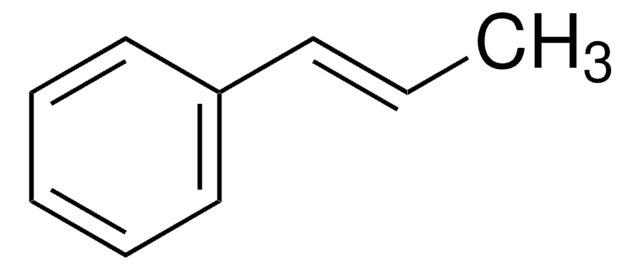
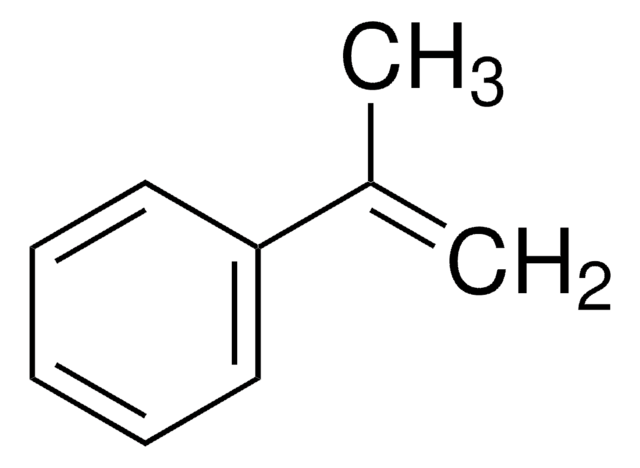
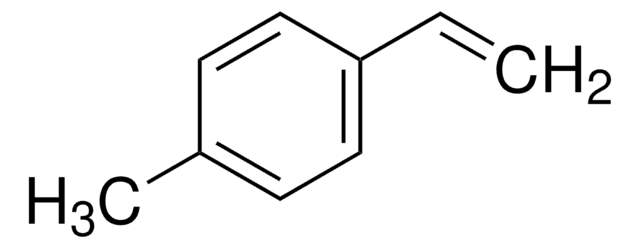
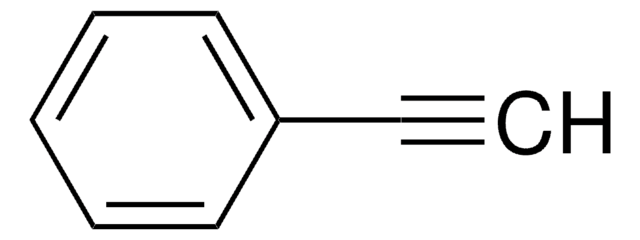
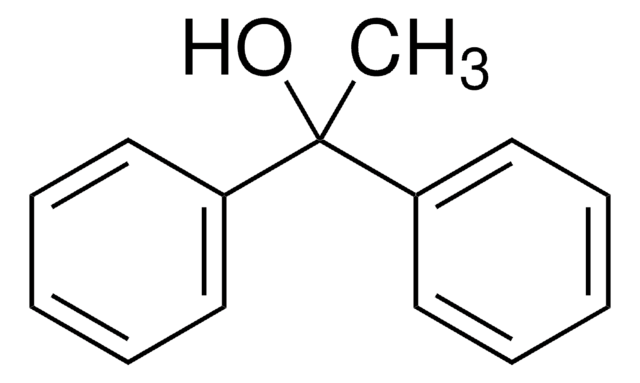
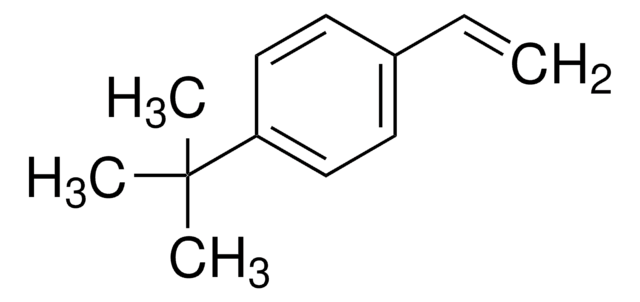

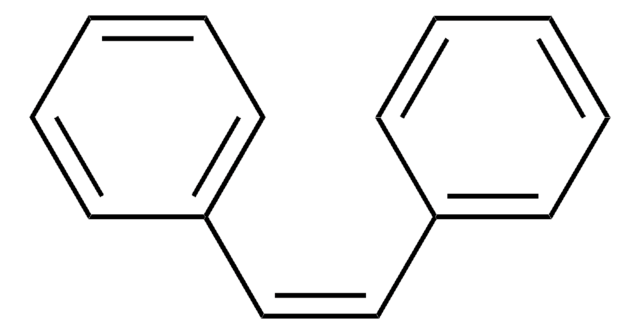

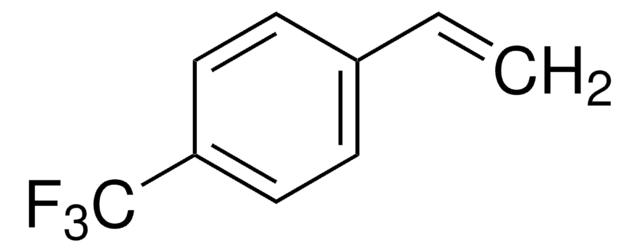

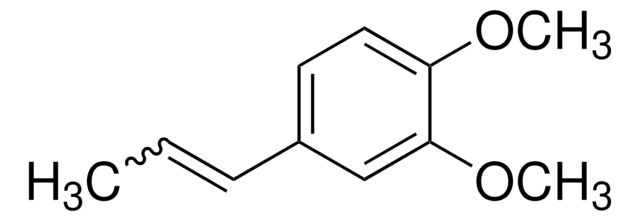
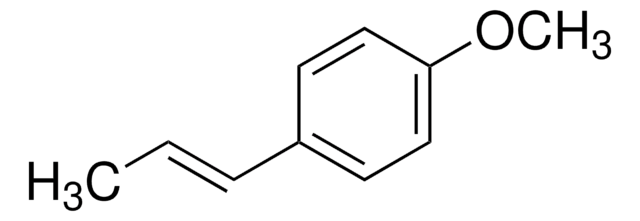
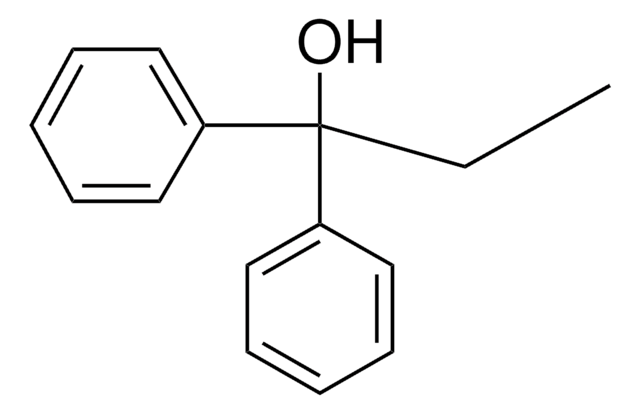
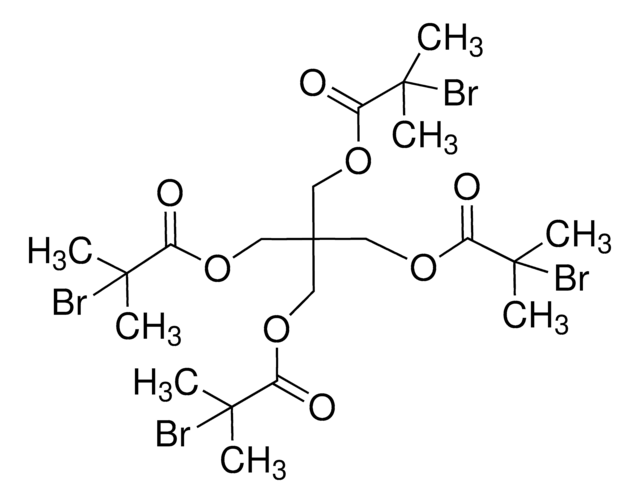

![[Ru(bpm)3][Cl]2](/deepweb/assets/sigmaaldrich/product/structures/409/623/77fb16dd-36fb-4159-9213-b4d57470be15/640/77fb16dd-36fb-4159-9213-b4d57470be15.png)